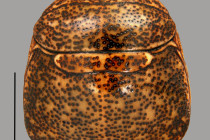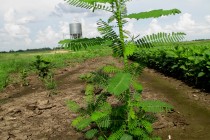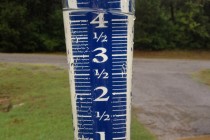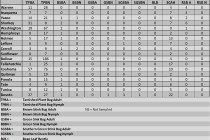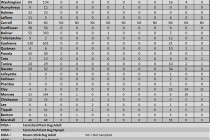👤Tom Allen, Extension Plant Pathologist
🕔06:34, 16.Jul 2012
Soybean rust has been detected for the first time during the 2012 season in George County in southeastern, MS. Additional information regarding the specific find as well as management scenarios are included in the blog update. Stay tuned for additional information regarding the presence of soybean rust in the MS soybean crop on the blog, at www.sbrusa.net, and through the free telephone hotline (1-866-641-1847) that provides information regarding the presence of soybean rust in AR, LA, and MS and is sponsored by the Mississippi Soybean Promotion Board.
Read Full Article▸

